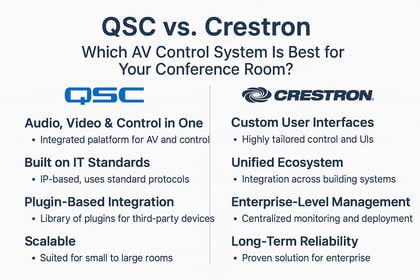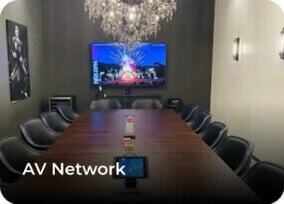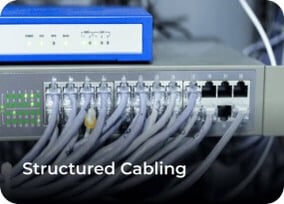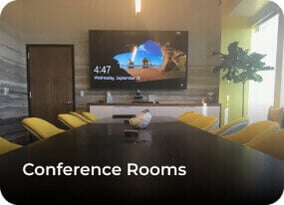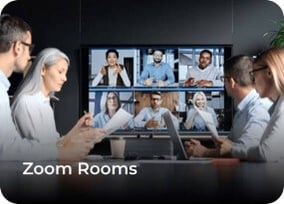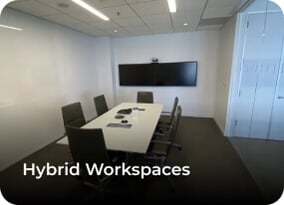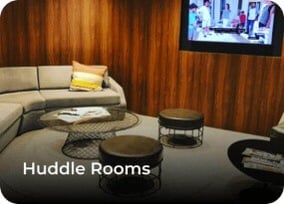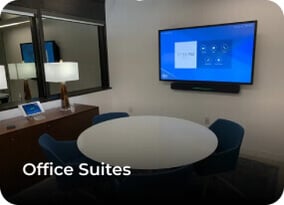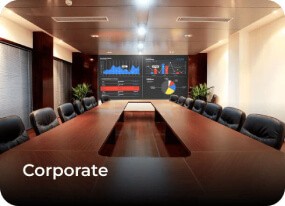1980s–1990s: The Era of CRT & Rear Projection

The earliest video walls were built using CRT (cathode-ray tube) monitors arranged in a grid. These displays were large, bulky, and consumed significant power, but they were groundbreaking at the time, enabling early command centers and TV stations to monitor multiple feeds simultaneously.
As technology progressed, rear-projection cubes replaced cathode-ray tubes (CRTs). They provided better uniformity and allowed deeper installations, making them a staple in control rooms throughout the 1990s.
2000s: Plasma & LCD Take Over
The introduction of plasma and LCD panels brought video walls to a broader audience. They were thinner, more energy-efficient, and easier to maintain than their predecessors. Corporate offices, museums, airports, and universities began adopting video walls for digital signage and presentations.
However, a common drawback remained: bezel width. Even with improved displays, the borders between each screen were still visible, limiting the seamless experience.
2010s–Today: The Rise of LED & dvLED

The shift to LED (light-emitting diode) technology ushered in a new era—fine-pitch LEDs allowed for ultra-high-definition, bezel-free designs. With the introduction of Direct View LED (dvLED), displays became modular, scalable, and brighter than ever, making them ideal for both indoor and outdoor installations.
Today’s LED walls:
-
Deliver stunning 4K and 8K visuals
-
Offer long lifespans and low maintenance
-
Are seamlessly tileable — no visible bezels
-
Perform exceptionally well in bright environments
🚀 Why We Recommend Planar Video Walls
At AV Planners, we recommend Planar as a top-tier solution for clients looking to deploy state-of-the-art video walls.
Here’s why Planar stands out:
-
✔️ Reliability: Planar systems are engineered for 24/7 performance — ideal for mission-critical environments.
-
✔️ Image Quality: Exceptional contrast, brightness, and color accuracy across all series.
-
✔️ Modularity: Flexible configurations for any wall size or shape, whether for boardrooms, lobbies, or auditoriums.
-
✔️ Easy Serviceability: Front-service access makes maintenance fast and efficient.
-
✔️ Design Innovation: Ultra-thin, ADA-compliant profiles and curved wall options.
From the TVF Series to the Luminate Ultra Series, Planar’s dvLED solutions deliver a premium visual experience tailored to your space.
💼 Use Cases That Changed the Game
Video walls are now a staple in:
-
📊 Control Rooms – Real-time data display and monitoring
-
🏢 Corporate Lobbies – Branding and dynamic visual storytelling
-
🖼️ Museums & Galleries – Immersive digital experiences
-
🏟️ Sports Venues – Live replays and interactive fan engagement
-
🎓 Universities – Digital learning environments
🔮 What’s Next? MicroLED, AI & More
The future of video walls is even more immersive. MicroLED and OLED technologies are promising higher pixel densities, deeper blacks, and better efficiency. Meanwhile, AI-driven signage and cloud-managed content systems are simplifying how businesses engage with audiences.
📞 Ready to Build Your Video Wall?
Whether you're planning a digital signage upgrade or a full-scale LED wall for your executive boardroom, AV Planners brings decades of experience and top-tier partners like Planar to the table.
Let’s talk about designing a custom video wall solution that brings your vision to life.


.jpg?width=614&height=280&name=Conference-Room_1280-1%20(1).jpg)
